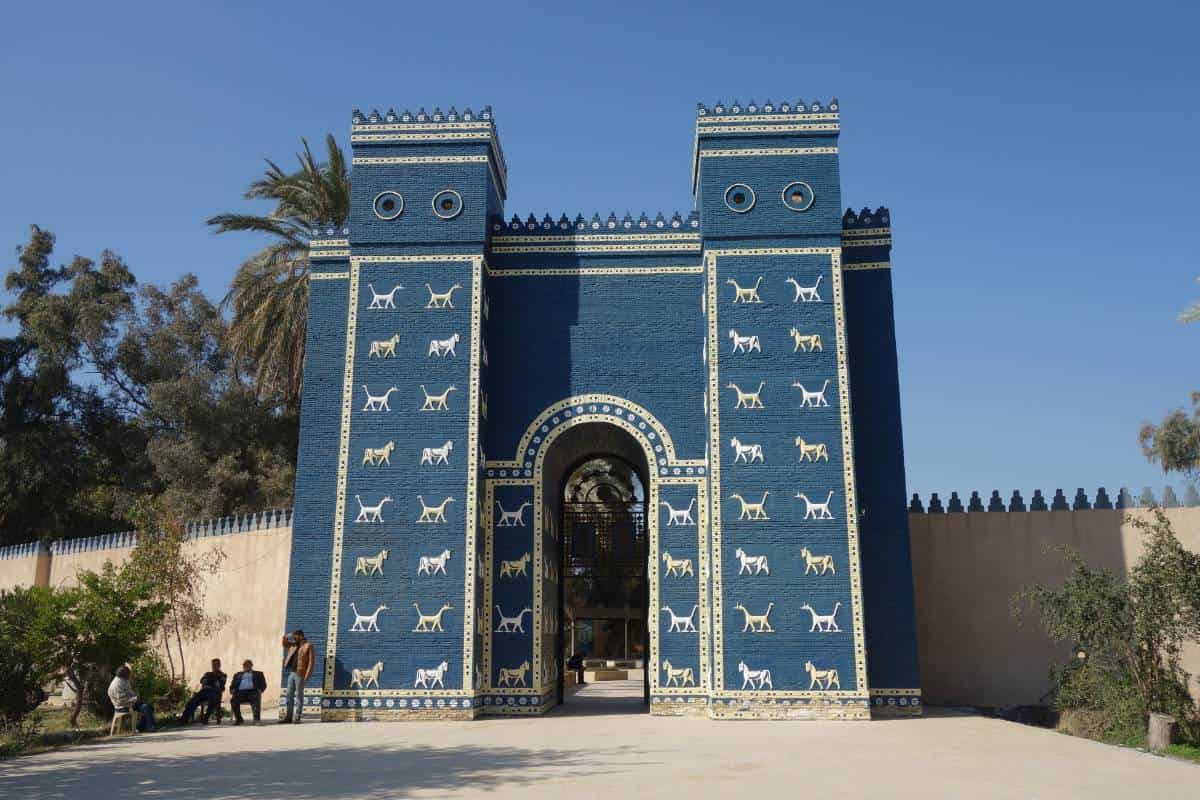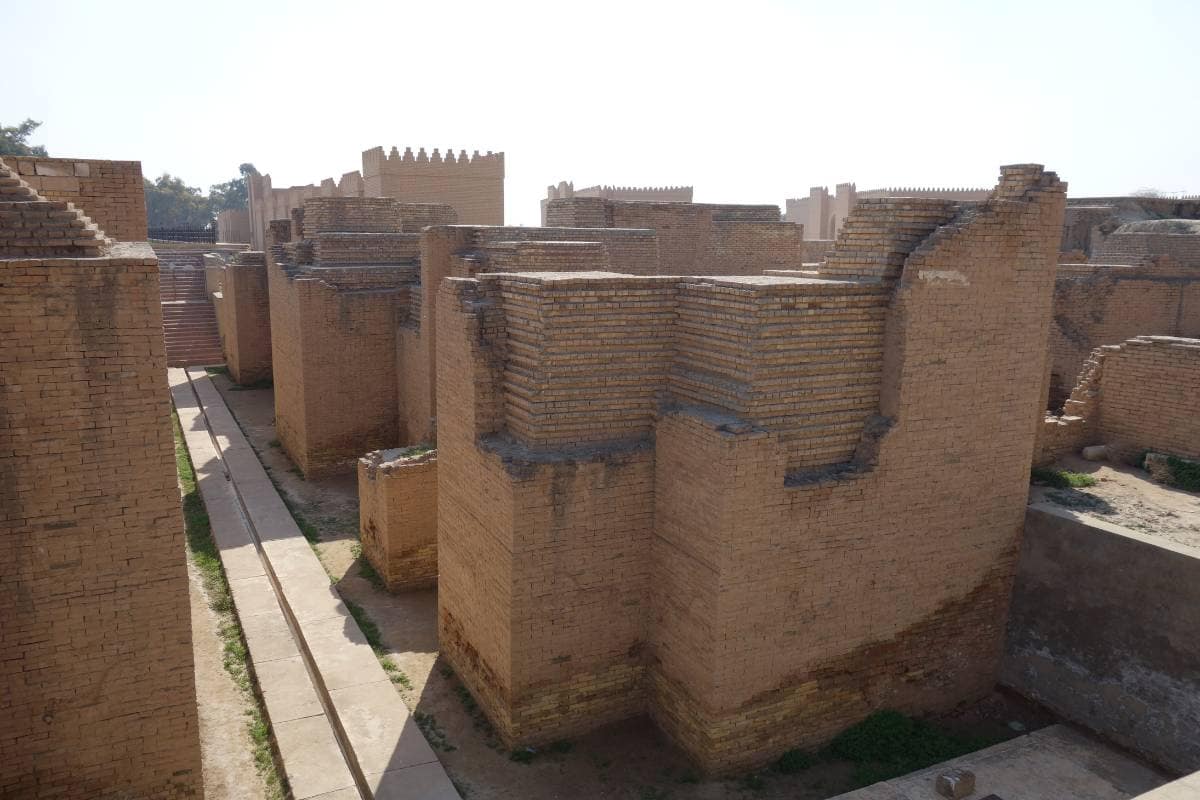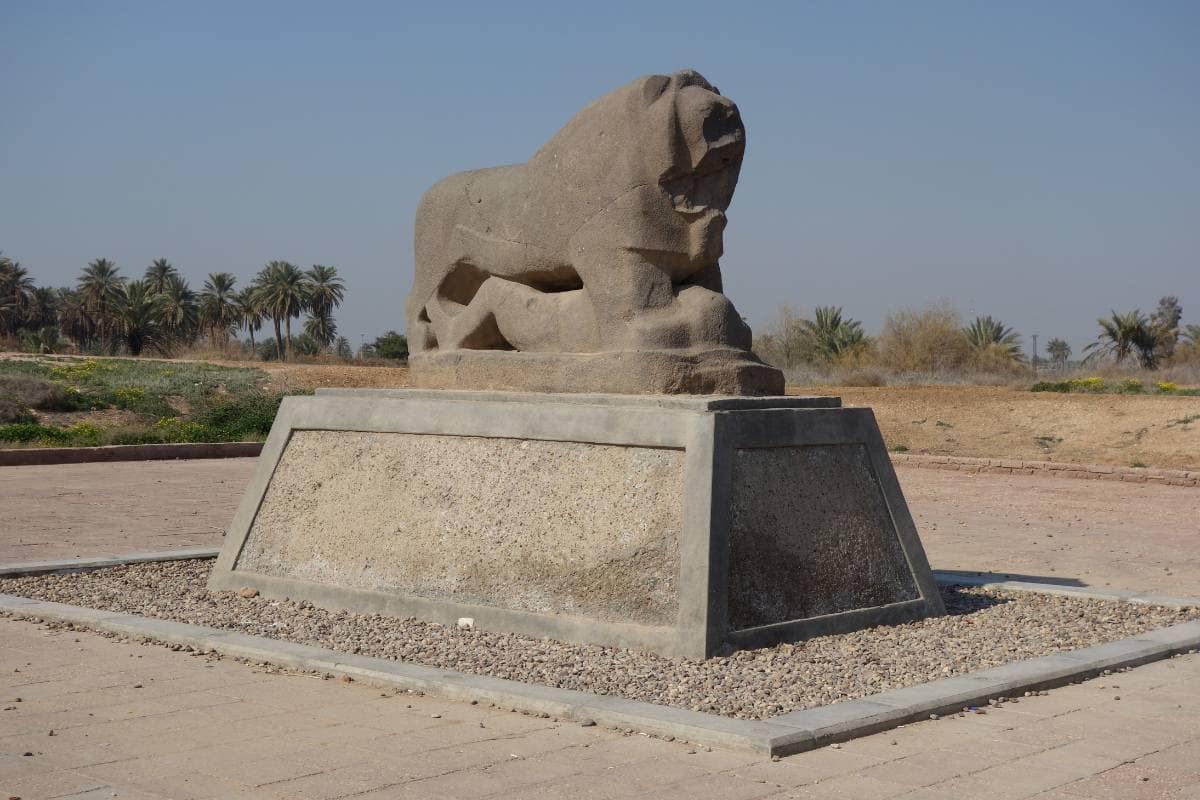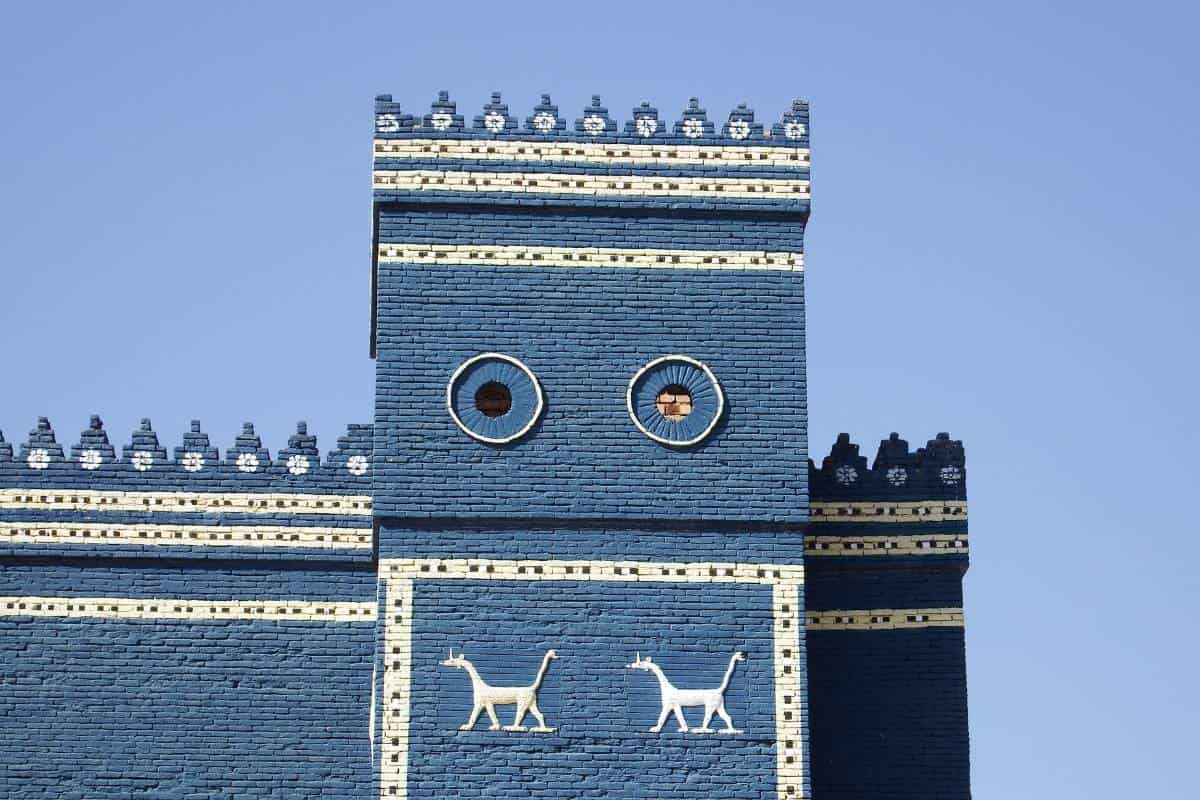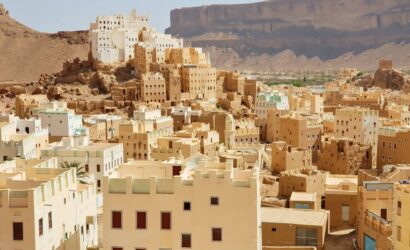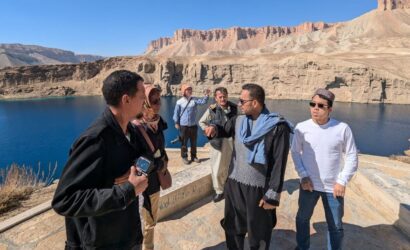A Babylon day trip from Baghdad is a tour that takes visitors from the capital city of Iraq to the ancient city of Babylon, located approximately 80 kilometers (50 miles) south of Baghdad. The tour starts early in the morning and takes around 2-3 hours each way, depending on the traffic.
Upon arrival at Babylon, visitors can explore the ancient city, which is a UNESCO World Heritage site. The city’s main attraction is the ruins of the ziggurat, an ancient Mesopotamian temple tower, and the Ishtar Gate, a grand entrance to the city made of blue glazed bricks. Visitors can also see the reconstructed Processional Way, the main street in ancient Babylon.
In addition to the ancient ruins, the tour can also include a visit to the Saddam Palace, also known as the Al-Hillah Palace. The palace is a large complex comprising several buildings. It was built by former Iraqi President Saddam Hussein in the 1980s and is known for its opulent decor. The tour concludes with a return trip to Baghdad.
-
Baghdad
-
Included
-
Sedan or SUV
-
Not included
-
Babylon ancient city, Palace of Saddam Hussein
Babylon day trip
Babylon was an ancient city in Mesopotamia, located in present-day Iraq. The city, which was at its height between the 18th and 6th centuries BCE, was known for its impressive architectural structures, including the Hanging Gardens, one of the Seven Wonders of the ancient world. The city was also significant for its religious and cultural practices, including developing the first recorded legal code, the Code of Hammurabi. The city of Babylon was captured by the Persian Empire in 539 BCE and was later ruled by the Greeks and the Romans. The city’s remains, including the famous ziggurat, have been excavated by archaeologists and are now a UNESCO World Heritage site.
The Saddam Palace in Babylon, also known as the Al-Hillah Palace, is a large palace complex located in the ancient city of Babylon in present-day Iraq. The palace was built by former Iraqi President Saddam Hussein in the 1980s and was intended to be used as a presidential residence and a symbol of his regime. The palace is situated on the ancient city’s ruins, a UNESCO World Heritage site, and its construction has been widely criticized for causing damage to the archaeological site. The palace is a large complex comprising several buildings, including a central palace, guest houses, a mosque, and a swimming pool. It is known for its opulent decor, with many of the palace’s rooms featuring gold leaf, marble, and ornate furnishings. Following the fall of the Saddam regime in 2003, the palace was used as a military base by the US army and then by the Iraqi government.







